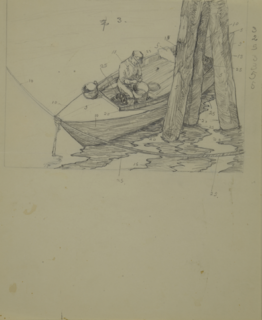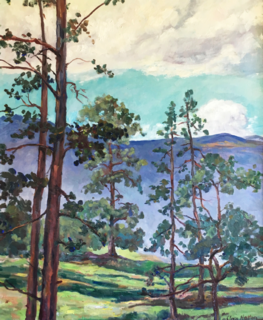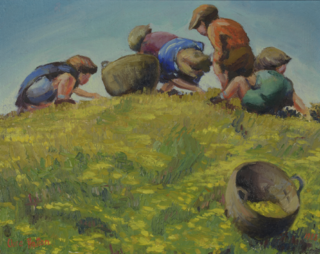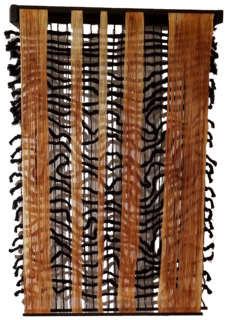
The Wodaabe are nomadic peoples from the Sahel, a stretch of land extending over 3,300 miles from the Atlantic Ocean to the Red Sea. From July to September, during the rainy season, Wodaabe communities come together for three major celebrations—the Geerewol, Worso, and Yakle. The tunics and vests seen here are worn by young men and women during the Geerewol, which is a male beauty pageant where the judges consist of young women of an opposite lineage. Men don knee-length beaded and stitched tunics to accentuate their tall, thin physiques. They adorn themselves with hats, necklaces, and feathers, as well as red, white, or yellow clay makeup to emphasize the whiteness in their teeth and eyes—a desirable attribute amongst the Wodaabe. As the men perform, widening their eyes or baring their teeth to show their assets, the female judges - wearing short cropped blouses - watch on in interest (or not!). Since marriages among the Woodabe are often arranged at young ages, these female judges may already be committed, but during the Geerewol they are free to choose a new suitor.




